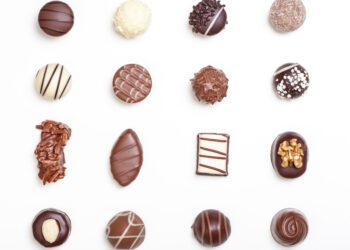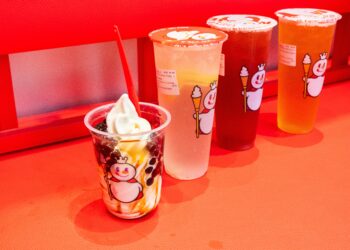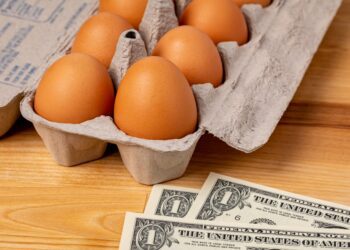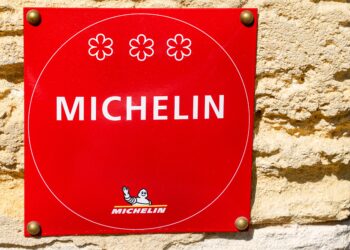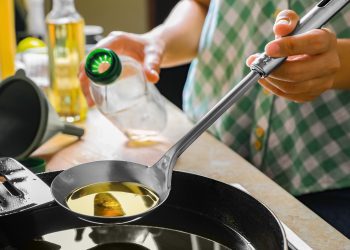When the famed Bangkok restaurant Sorn announces on its Instagram account that its booking period has opened, foodies are willing to endure hours on hold in order to snag one of 20 elusive tables. An entire month of dining is regularly booked out in a matter of hours.
This is all the more astonishing given that the Michelin starred restaurant’s five-course tasting menu costs more than US$100—in a city where a tasty dinner can easily run less than $10 and a bowl of noodles can cost as little as $1.50.
Sorn is perhaps the most successful in a recent explosion of Bangkok restaurants serving the dishes of Thailand’s south. It includes a refined, nuanced version of southern Thai food, emphasizing unique local ingredients and a variety of flavors and types of dishes.
But the majority of Bangkok diners tend to associate southern Thai food with one thing: heat.
In other words, it has a reputation for being spicy. And often, this reputation is justified: yes, many southern Thai dishes are spicy, but their heat doesn’t only come from chilies; southern Thais also like the uniquely slow burn that comes from the addition of black pepper.
They can also be sweet. The south is home to some of the country’s most prized palm sugar—a dark, earthy sweetener that makes its way into both sweet and savory dishes.
Southern Thai food is often herbaceous and aromatic. It can be very salty and it can also be mild and rich.
Take the food of Phuket, for example. If you’ve visited the island, it’s likely you had a seafood buffet or perhaps a plate of fried rice at a beachside restaurant. But for real local food—the type of stuff you won’t find elsewhere in Thailand—you need to go inland, to landlocked Phuket Town.
There, you’ll find an entire repertoire of dishes that don’t match the general perception of southern Thai cuisine; dishes that go light on the chili and that have more links with China than Thailand.
“Our food isn’t spicy, that’s from the Chinese influence,” says Varerat Chaisin, a native of the island and for 35 years a teacher of culinary arts at a vocational college on Phuket.
This is evident in the island’s deliciously mild, savory dishes—mii hokkien, yellow wheat noodles stir-fried with pork, seafood and greens; mii hun, thin, round rice noodles fried with soy sauce and served with a peppery pork bone soup; oh tao, tiny oysters fried in lard with chunks of taro and egg—many of which were introduced or created by Hokkien Chinese laborers.
Blurring culinary lines
Indeed, outside influences have had a huge impact on the food of southern Thailand. This is especially the case in the country’s predominately Muslim provinces, including Pattani and Yala. There, dishes emphasize the mild, rich, sometimes sweet flavors favored just across the border in Malaysia.
In some cases, the line between foreign and Thai cuisines has been completely blurred. In cities such as Phuket, Phang-Nga and Trang, foreign ingredients, dishes and cooking techniques became fused and blended with those from Thailand, resulting in an entirely new cuisine known as Baba or Peranakan.
To get to the heart of southern Thai cooking, the type that Bangkok people are currently obsessed with, arguably one needs to visit the city of Nakhon Si Thammarat.
The city’s cooks are legendary, having opened curry stalls across the region, in effect setting the standard for southern Thai cuisine.
It’s in this city that you’ll find dishes that are the staples of the repertoire, recognizable to people across Thailand: the fiery stir-fry of minced meat and curry paste known as khua kling; the tart, spicy fish soup known as kaeng som; rich coconut milk-based curries; fish, deep-fried and served under a hill of crispy deep-fried garlic and turmeric; and funky, spicy chili-based, Thai-style relishes.
Yes, there’s chili—lots of it—but in southern Thailand, it doesn’t take long to see that the real goal is balance.


